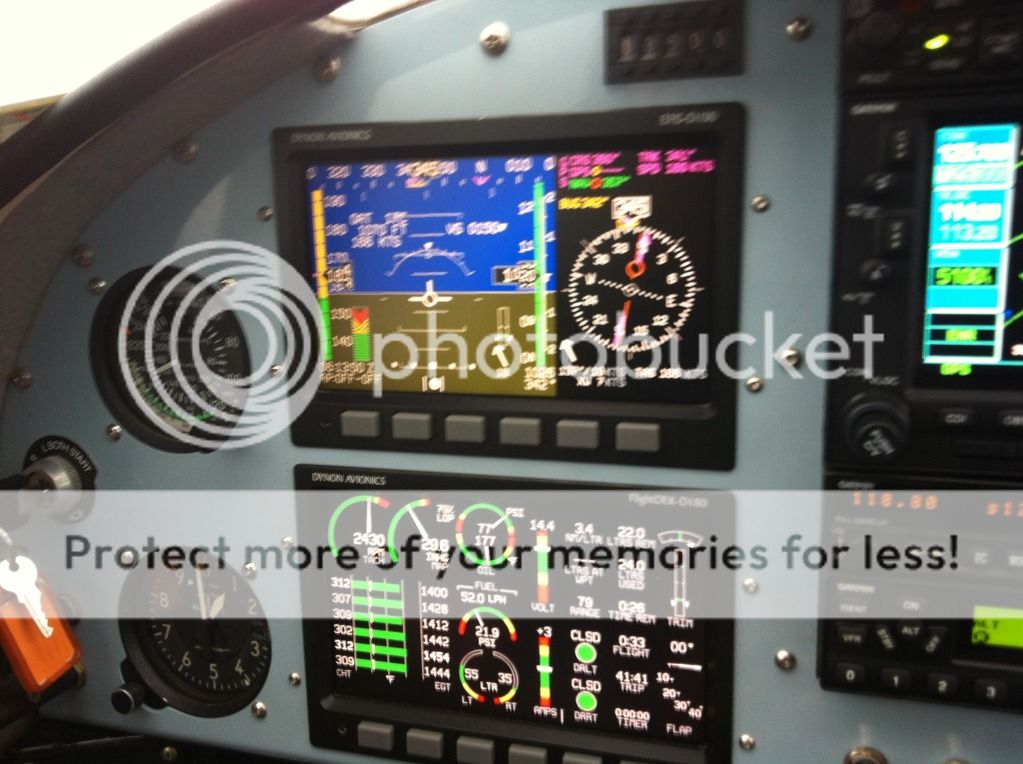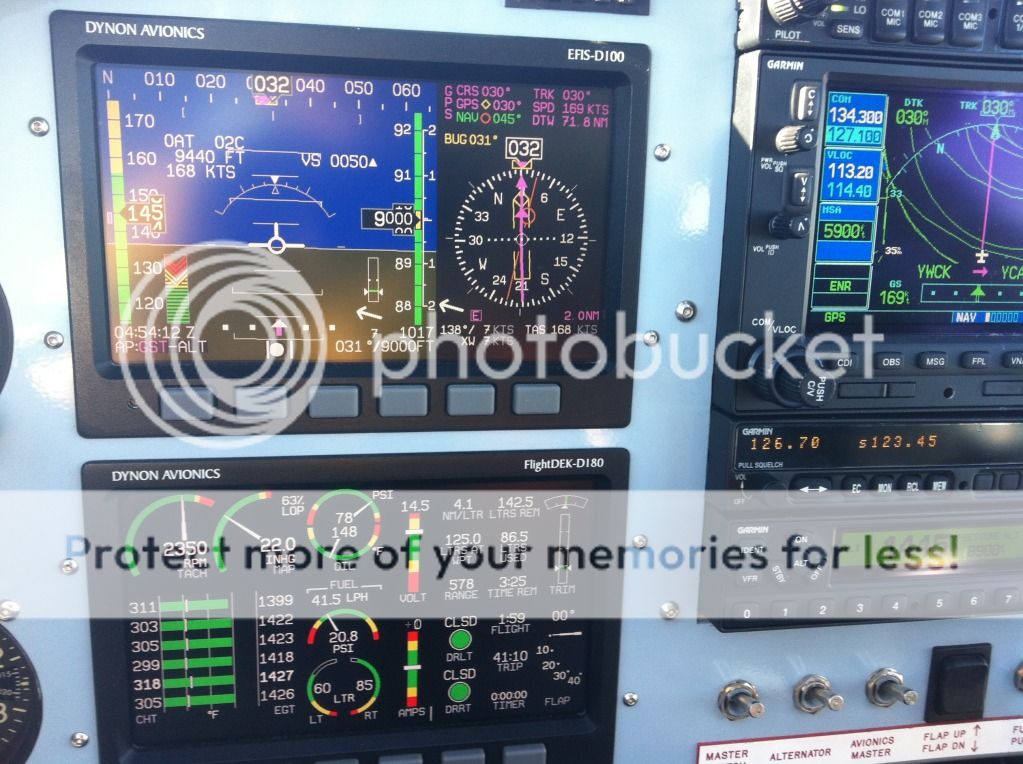Here we go again. The same old shots from the hip, like where do you get that from, where is the data....Well there is plenty of data, it supports the case, and it MUST BE REMEMBERED the numbers are not hard 380 +/- 0.005 F
You guys need to lighten up a little, more importantly, you need to understand that I can't nor can anyone else present a full education on VAF, not in one post, not in one thread, not in a thousand posts. education simply does not work that way.
Interesting to note, that while having a debrief session recently with John Deakin, Walter Atkinson and George Braly on the topic of how best to educate, it was noted that to the best of their memory, not one RV owner has flown to ADA OK for an APS seminar. Maybe some have been sneaky and gone in by stealth, but we did discuss why so many Cessna/Beech/Piper owners take the time and spend the money yet the RV community does not. I have my opinion on why, and they seemed to think it was plausible, but none the less an interesting issue.
So in one post, or even a few can I give you everything you ask for, no. But I will do my best to cover a few points from the last three pages.
C-FAH Q
Quote:
Originally Posted by RV10inOz
make sure your leaning in the climb is correct,
Leaning in climb will increase temps. Fuel flow helps cool, don't lean in climb.
Clever username, surprised you got away with it!
Read exactly what I said again, Make sure your leaning in the climb is correct. Not leaning in the climb is incorrect. Do some research on John Deakins articles, In The Climb, no point me reprinting it here.
I see Jamie Lee has mentioned LOP climbs, climbing LOP is a valid method, I would caution everyone about doing this unless you have been trained to do it or are suitably educated. ROP climbs are easy when done by the Target EGT method. In a Turbo (TC or TN) a LOP climb is easy, but so are ROP climbs, in a TN you just touch nothing!!
RV8R999
Quote:
Originally Posted by RV10inOz
I live and operate in a hot place. You should not accept climb temps above 380.
Where did you come up with 380?
I just plucked a number out of my ####, seriously, it is another fuzzy number, but one from looking at data, and while CHT is affected by ambient so you should NEVER use a CHT as a target, like you do an EGT, when you look at the ICP's (cylinder pressures) and temperatures, the two things that are always attacking your engine are temperature and pressure. It is not a sudden destruction we are talking about, it is about going to TBO and maybe 1-2000 past TBO. When you look at the strength of the alloy, the temps at which properties change, and what the ICP's are when you have high temps (you get high temps when you have high ICP) it is really easy to say....lets aim to stay below 380. I can't easily, and won't post all the stuff here, it just won't fit, but you can obtain this and see it for yourself if you want to.
but what data supports these assertions of 380 or 400 when the engine designers say otherwise?
And what exactly do they say??? They rarely say the same thing twice, and often contradict themselves and each other. Its your engine, use 500F if you prefer!
The cylinders will have a far better chance of a long healthy life if you keep them cooler and a workable fuzzy limit is around 380, plus or minus 10-20 or what ever you are happy with.
fstingham7a
Where can I access this graph or graphs from multiple sources?
Not many places I am afraid, but here again, just one or two snippets of info is not enough. Attend an APS course and they will give you all you need and it is valid info from any of the tested to be true sources.
Frank finally, that article you posted the link to is a very good one, earlier in this post I mentioned not using CHT as a target, and JD explains this well.
Enough for today!

All the best!
DB
PS Letters..... a couple of minutes once in a while is not instant death, but if you want really good life and low costs, you would not stay there all day, hour after hour for hundreds of hours would you? Of course not. This is the whole point, some folk just fail to see the woods for the trees!







